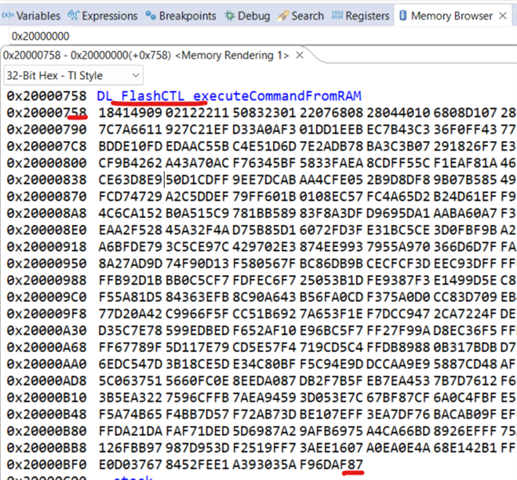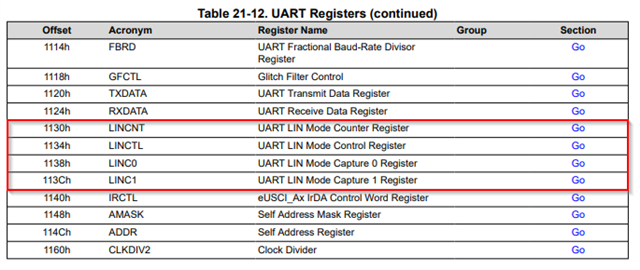Tool/software:
Dear support team:
The flash driver code need run in RAM, and flash driver codes can be saved as a single .out file which is for bootloader.
As i known the functions which invoke DL_FlashCTL_executeCommandFromRAM() in dl_flashctrl.c means flash driver code run in RAM.
I do not know how to generate flash driver code which run in RAM into a single .out.
I also want to generate a verification code (checksum, CRC, etc) and of application project, and store result in assigned address of generated .out file
Does CCS support script/config to generate and store verification code? or other method?
thanks!






